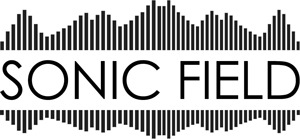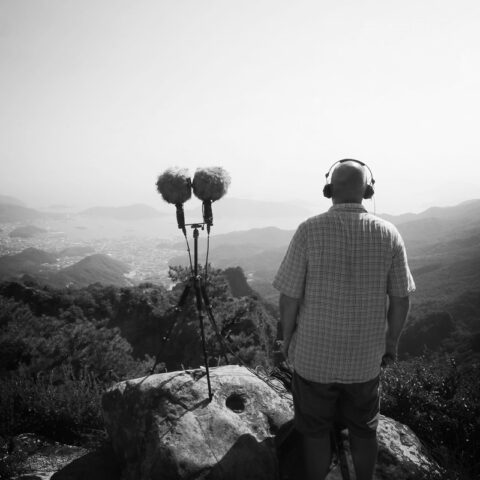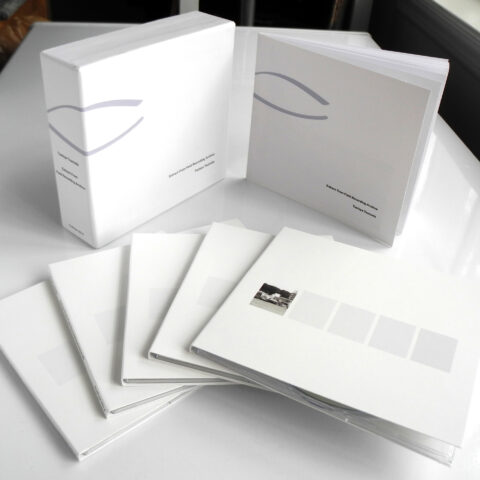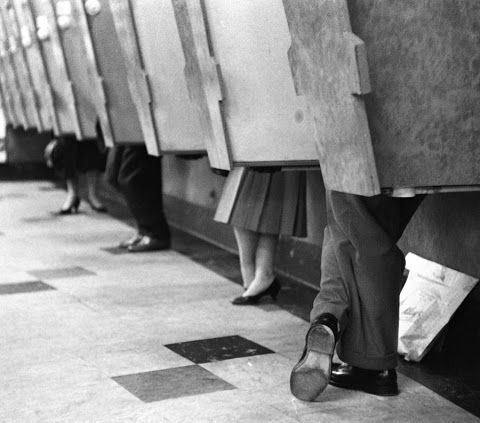Jean-Edouard Miclot is a sound designer and field recordist, who recently launched his own sound blog. Some days ago, he published a very cool post, where he talks about electromagnetism recording, a really interesting topic for anyone interested on get really cool and unique sounds from all kind of electric sources.
Jean-Edouard’s main goal is for developing sound effects for sound design, but it’s also an interesting technique for musicians and researchers who are interested to know more about the physics of sound and how electromagnetism works. Listening to it, is just fascinating!
Electromagnetic fields are present everywhere in our environment but are invisible and silent respectively to the human eye and ear. As you probably know, Electric fields are created by differences in voltage: the higher the voltage, the stronger will be the resultant field. Magnetic fields are created when electric current flows: the greater the current, the stronger the magnetic field.
So any electrical source generate a time-varying magnetic field that is proportionally identical in frequencies and amplitudes to the source. This is the theory behind all the speakers, dynamic microphones and also guitar pickups.
As Jean-Edouard comments, you can build your own mics to record electromagnetic fields, using a guitar pickup like Seymour Duncan, and soldering it to a XLR to 1/8″ cable for pluggin it to a pocket handheld recorder, for example. It’s a really cheap way to record this type of amazing sources, and it’s great because as Jean-Edouard said, those mics are not sensitive to wind, background noise and handling operation. And last, but not least, if you’re going to record some electric devices, keep this in mind:
Powerful magnets can affect the operation of pacemakers and other similar medical devices. A guitar pick-up must never be placed near a person with such a device. Powerful magnets can also damage electronic devices such as TVs and CRTs. They may also scramble data on magnetic media such as hard disks, credit cards, ID cards and cassette tapes.
I recommend you to visit the original post at Jean-Edouard’s blog, where he gives cool examples and several images that will help you to introduce yourself to this world of electromagnetism recording.
Also, take a look at this video, where Jean-Edouard shows some of his recording activities. If you were thinking about what kind of sources you could record today, you could find several cool ideas in there.





